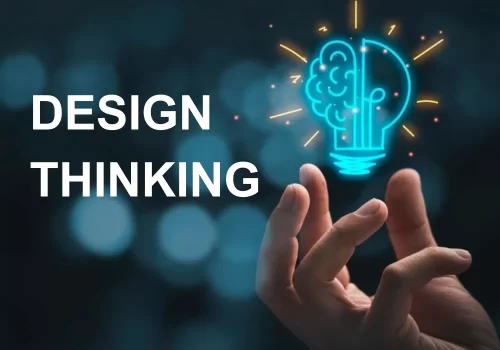Introduction: In recent years, the Human Resources (HR) landscape has undergone a significant transformation, largely attributed to the infusion of design thinking principles. This innovative approach, borrowed from the world of product design, has ushered in a new era of employee-centric practices, fostering a more dynamic and engaging workplace environment. Let’s explore the HR revolution caused by design thinking and its profound impact on organizational success.
- Understanding Design Thinking in HR: Design thinking is not just about creating aesthetically pleasing products; it’s a problem-solving methodology that places the end user at the center of the decision-making process. In HR, this means putting employees’ needs, experiences, and aspirations at the forefront when designing policies, processes, and workplace strategies.
- Empathy in HR Practices: One of the key pillars of design thinking is empathy – the ability to understand and share the feelings of another. HR professionals embracing design thinking approach their roles with a deep understanding of the employees they serve. This empathetic stance allows for the creation of HR solutions that resonate with the workforce, leading to increased satisfaction and productivity.
- Employee Journey Mapping: Design thinking encourages HR teams to map out the entire employee journey, from recruitment to retirement. By visualizing each touchpoint and identifying pain points, organizations can optimize the employee experience. This holistic perspective ensures a seamless and positive journey, enhancing employee retention and loyalty.
- Iterative Prototyping for HR Solutions: Design thinking encourages iterative prototyping, allowing HR teams to test and refine their solutions in real-time. This agile approach enables HR professionals to quickly adapt to changing workplace dynamics, ensuring that HR practices remain relevant and effective in an ever-evolving landscape.
- Cultivating a Culture of Innovation: The infusion of design thinking principles into HR practices fosters a culture of innovation within the organization. HR professionals become catalysts for change, constantly seeking ways to improve processes, enhance employee engagement, and drive organizational success through creative problem-solving.
- Breaking Down Silos: Design thinking promotes cross-functional collaboration and communication. In the context of HR, this means breaking down silos between different departments and fostering collaboration between HR, IT, finance, and other key stakeholders. This collaborative approach ensures a more cohesive and integrated employee experience.
- Measuring the Impact of HR Solutions: Design thinking encourages a data-driven approach to HR. By measuring the impact of HR solutions and gathering feedback from employees, organizations can continuously refine their practices. This analytical mindset ensures that HR initiatives are not only well-intentioned but also demonstrably effective.
Conclusion: The HR revolution sparked by design thinking represents a paradigm shift in how organizations approach human capital management. By prioritizing the employee experience, fostering empathy, and embracing innovation, HR professionals can build a workplace culture that attracts and retains top talent. As organizations continue to adapt to the changing dynamics of the modern workforce, the integration of design thinking principles into HR practices will play a pivotal role in shaping the future of work.


